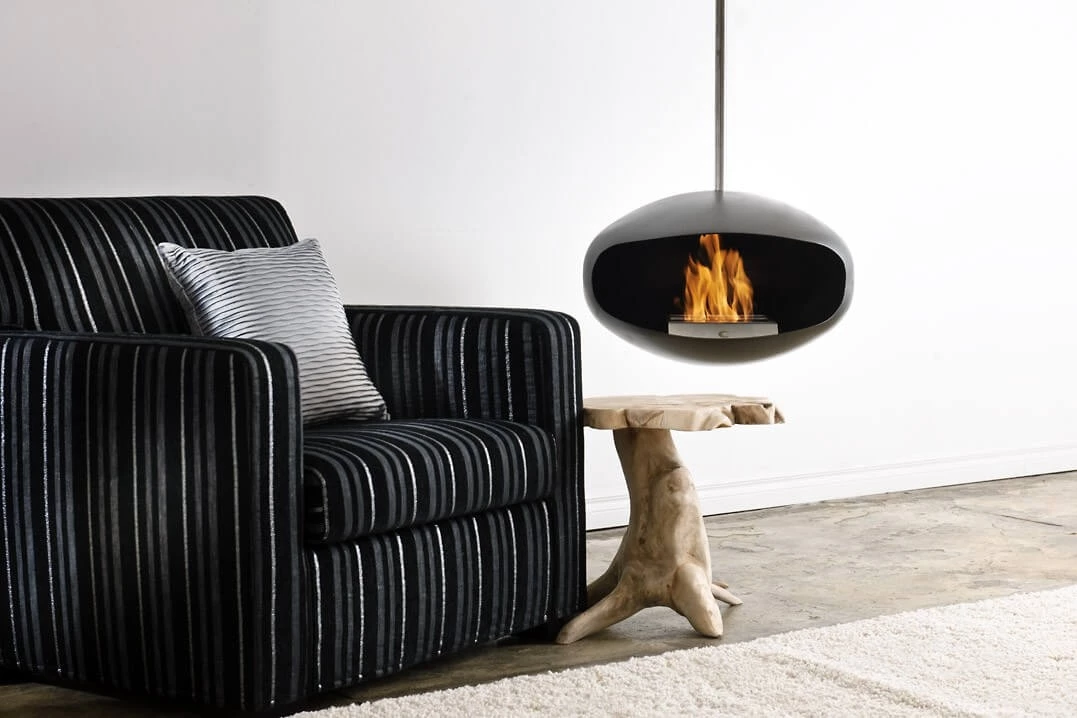What defines the price of a biofireplace?
There are many models of bioethanol fireplace in the market with different prices. At first glance we cannot always see what determines a higher price in a certain model. What should we look after when buying a biofireplace to make sure that we do not pay too much? Read it here!

The design determines the price
The most important element that defines the price is usually the design. If the model has a unique design, colour or a unique combination of materials it will often be more expensive. Especial projects from famous artists are characterised by their high price, as you might know from clothing and shoe shopping. Another deciding factor is the size of the biofires (including the size of the burners). This is seen in e.g. our 'freestanding' category where tabletop biofires are less expensive than the freestanding models.
Something else that determines the price is the material it is made from. Normally, a biofireplace is produced in steel, ceramic or glass. The biggest part of the market is dominated by stainless steel biofireplaces. These are the most common that you can find in the market and it is because it is easier to produce biofires with this material. The price of these biofireplaces varies mainly due to its size. In general, the bigger is a biofireplace the bigger is the price, since more material has been used to build it.
It also helps to look after the quality of the material used to produce the product. Quality of biofireplace is, as with other products, important when buying a bioethanol fireplace.




